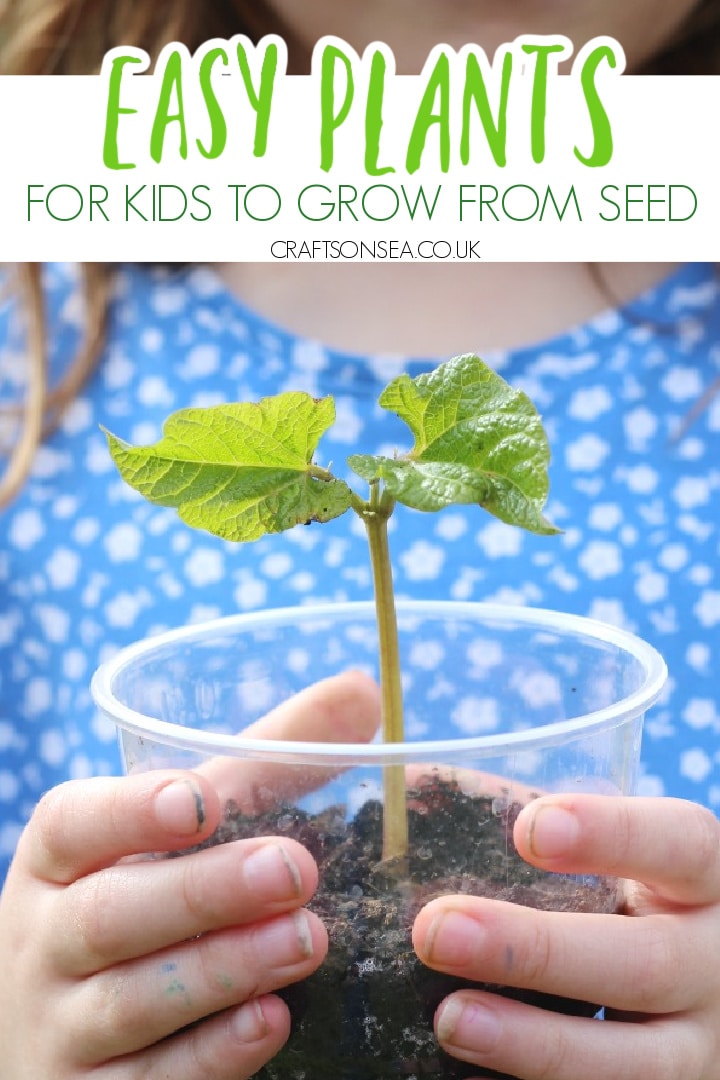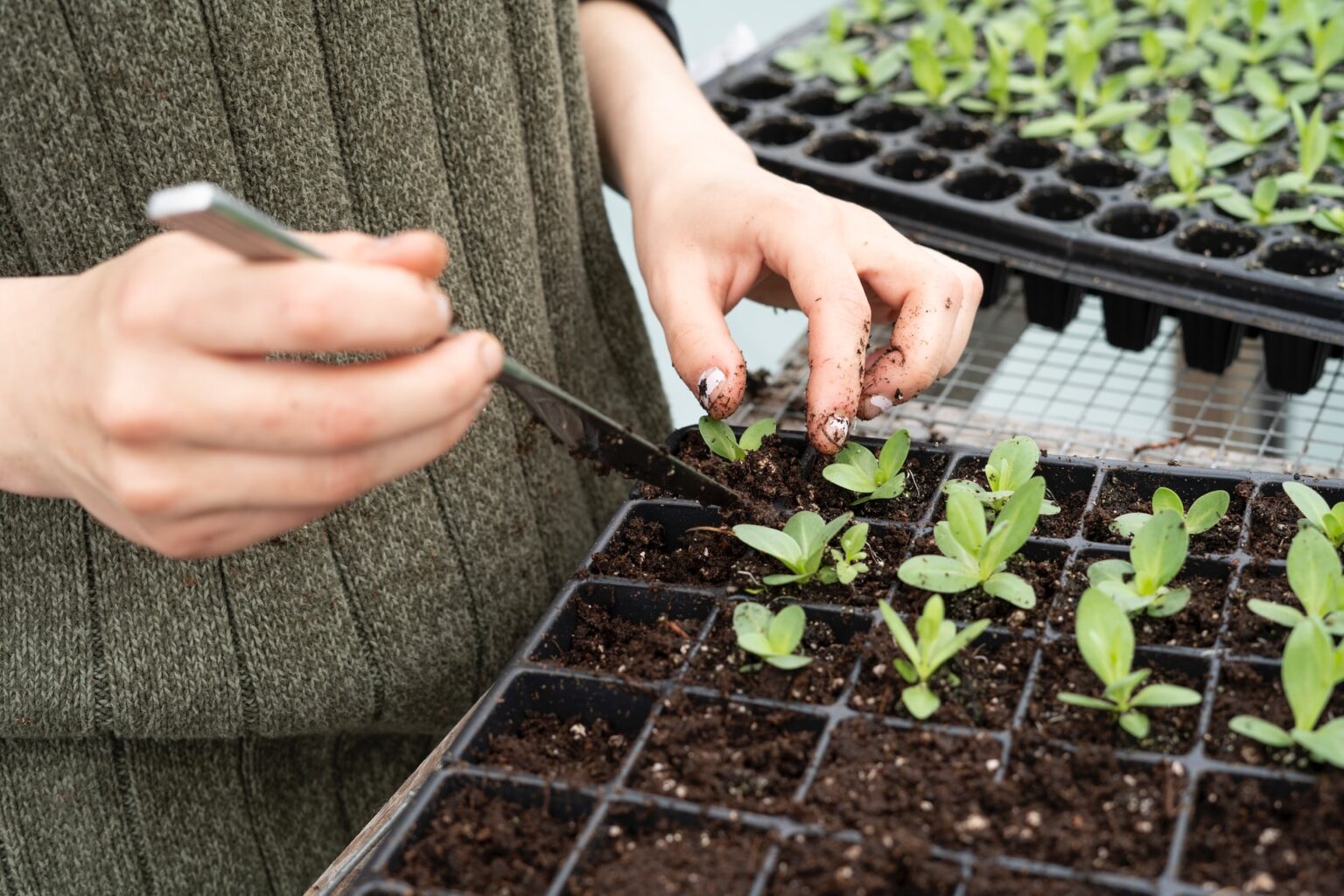How to Grow Plants from Seeds at Home: A Step-by-Step Guide

Imagine the joy of watching a tiny seed transform into a lush, vibrant plant. Growing plants from seeds at home is not just a rewarding hobby; it's a journey that connects you with nature in a profound way. Whether you're a seasoned gardener or a novice, this comprehensive guide will walk you through every step, from seed selection to seedling care, ensuring your home garden thrives.
Why Grow Plants from Seeds?
Growing plants from seeds offers numerous benefits. It's cost-effective, allows you to choose from a wider variety of plants, and gives you the satisfaction of nurturing life from its earliest stages. Plus, it's an eco-friendly practice that reduces the need for plastic pots and transportation.
Getting Started: What You Need
Before you dive into plant propagation, gather the essentials:
- Seeds
- Seed-starting mix
- Containers (egg cartons, seed trays, or small pots)
- Water
- Light source (sunlight or grow lights)
- Labels and a marker
Step 1: Choose the Right Seeds
Selecting the right seeds is crucial. Opt for high-quality seeds from reputable sources. Consider the climate and light conditions in your home garden. Some popular choices for beginners include tomatoes, peppers, herbs, and flowers like marigolds and zinnias.
Step 2: Prepare Your Containers
Fill your containers with a seed-starting mix. This mix is specially formulated to promote germination and is lighter and more porous than regular potting soil. Ensure the containers have drainage holes to prevent waterlogging.
Step 3: Plant Your Seeds
Planting seeds is a delicate process. Follow these steps:
- Moisten the Seed-Starting Mix: Water the mix until it's damp but not soggy.
- Plant the Seeds: Place the seeds at the recommended depth. Generally, small seeds are planted shallowly, while larger seeds go deeper.
- Cover the Seeds: Gently cover the seeds with more mix, pressing lightly to ensure contact.

Step 4: Provide the Right Conditions
Seeds need specific conditions to germinate:
- Temperature: Most seeds prefer temperatures between 65-75°F (18-24°C).
- Light: Some seeds need light to germinate, while others prefer darkness. Check the seed packet for specific instructions.
- Moisture: Keep the mix consistently moist but not waterlogged.
Step 5: Seedling Care
Once your seeds germinate, it's time to focus on seedling care. Here are some tips:
- Watering: Water seedlings from the bottom to encourage root growth. Place the container in a tray of water and let it soak up from below.
- Light: Provide plenty of light. If you don't have a sunny window, consider using grow lights.
- Fertilizing: Once the seedlings have their first set of true leaves, you can start fertilizing with a diluted liquid fertilizer.
Step 6: Transplanting
When your seedlings have developed a strong root system and several sets of leaves, it's time to transplant them into larger pots or directly into your home garden.
- Prepare the Soil: Ensure the soil is well-draining and rich in organic matter.
- Transplant Carefully: Gently remove the seedling from its container and place it in a hole in the new soil. Fill in around the roots and water thoroughly.

Common Challenges and Solutions
Growing from seed can present challenges. Here are some common issues and solutions:
- Damping Off: This fungal disease can kill seedlings. Prevent it by using sterile soil and providing good air circulation.
- Leggy Seedlings: If your seedlings are tall and spindly, they're not getting enough light. Move them to a brighter spot or use grow lights.
- Slow Germination: If your seeds are taking a long time to germinate, check the temperature and moisture levels.
Conclusion
Growing plants from seeds at home is a rewarding journey that connects you with nature. By following these steps, you can transform tiny seeds into thriving plants. From selecting the right seeds to providing optimal conditions and caring for your seedlings, each step brings you closer to a lush, vibrant home garden.
So, why not start today? Pick up some seeds, gather your supplies, and embark on this green adventure. Your home garden awaits!
FAQs
How long does it take for seeds to germinate? Germination time varies by plant species. It can range from a few days to several weeks. Check the seed packet for specific information.
What is the best time to start seeds indoors? The best time to start seeds indoors depends on your climate and the type of plant. Generally, start seeds 6-8 weeks before the last frost date in your area.
Can I reuse seed-starting mix? It's not recommended to reuse seed-starting mix as it can harbor diseases and pests. Always use fresh mix for the best results.
How often should I water my seedlings? Water your seedlings when the top layer of soil feels dry to the touch. Avoid overwatering, which can lead to root rot.
What should I do if my seedlings are too tall and spindly? If your seedlings are leggy, they need more light. Move them to a brighter spot or use grow lights. You can also gently bury the stem deeper in the soil when transplanting to encourage stronger growth.
0 Response to "How to Grow Plants from Seeds at Home: A Step-by-Step Guide"
Post a Comment